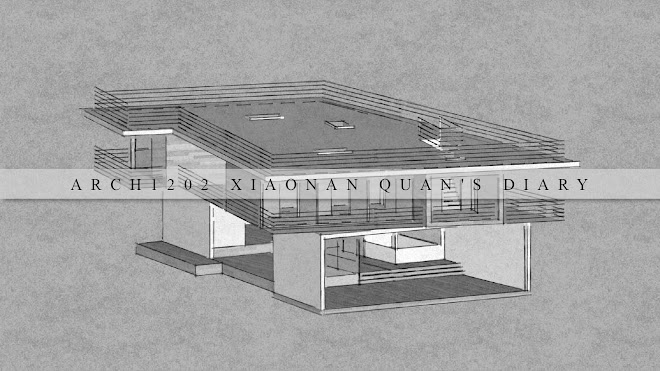"...The Architect is directly engaged in the circumstantial in building with materials and in making history. A great architect recognizes the circumstantial changes in a culture and embodies that change in buildings. By this measure, Kahn was great architect. But there is another kind of measure, one that transcends a particular time, for architects who design only for their own time must also be limited by that time. Kahn also explored the eternal in nature, in humanity, and in architecture. He designed his buildings in response to beginnings outside of time, as well as the immediate uses called for by his clients. A great building is built with the recognition that uses change over the years and over the centuries, but that deep parts of human being do not change. A great building tells those who first use it the meaning of their age, and to those of the future, it tells the stories of its past. And it tells all people about the eternal beyond time. It was by being in touch with the eternal that Kahn achieved a greatness far beyond that which can be accorded by any given time, Kahn was in touch with the Tao of architecture…”

